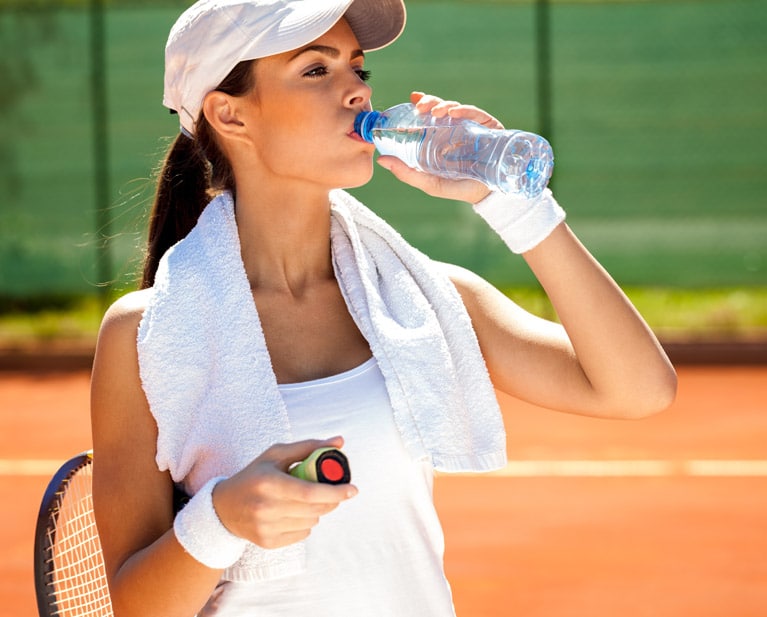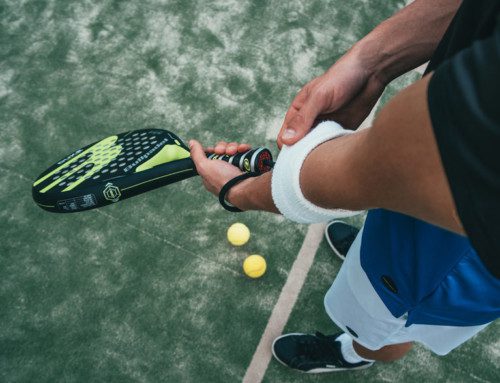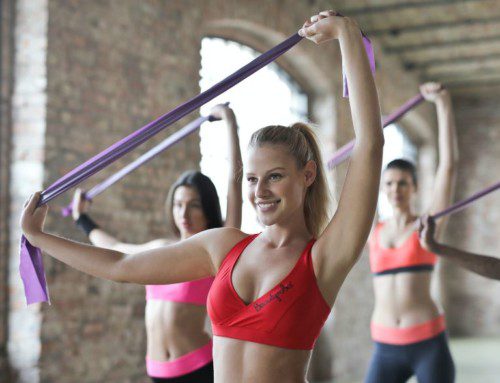In part one and part two of the Injury Prevention in Tennis series, we focused on how functional exercise and dynamic exercises help prevent injuries in tennis. We'll close out the series with a look at the best dynamic stretches for recreational players.
Phrases like "core stability" and "using your powerhouse" circulate the fitness community, but understanding what they mean and how they translate into exercises is essential to improve your game on the tennis court.
What is The Core?
The confusion around "the core" and what it means to overall stability leads to many questions: Is it a six-pack? Is it the ability to do 100 sit-ups?
As a basic definition, the core is comprised of the deepest layer of muscles surrounding your spine and providing it with dynamic stability. Also known as the 'local system,' your core is designed to kick in and provide stability just before movement.
Core Exercises
When playing a sport with multi-directional movement like tennis, you may have leg strength, but if you don't transfer that strength through a stable core, your overall court performance will suffer.
To start building up your core, consider the following exercises:
- Half-Kneeling Rotation (with a resistance band)
Begin in a lunge. With the resistance band at waist level, rotate towards the leg that is up in the lunge and slowly come back down to a neutral position. - Overhead Medicine Ball Slam
Start in a functional squat with a 6 to 12 lb medicine ball. Bring the ball overhead and slam it down, catching it around chest level.
Each exercise requires a stable core and low back to manage the load.
Power Training Exercises
If you're playing with a solid core, you'll be more effective in using the leg muscles, primarily the ones around your hips. Strength is crucial when exerting a maximum force and training these muscles, but you'll also need to utilize power to apply this force.
The best way to train for power is by doing simple, quick movements with resistance. Here are two power exercises that incorporate both speed and strength:
- Skaters/Power Lunges
Skaters strengthen the hips, but also require stabilizing on a single leg. For this exercise, you will push off one leg to the side and land on the other leg, going from left to right. To make the task more challenging, you can add a medicine ball. - Squat Jumps
To begin, flex through the hip into a squat, and then jump up explosively. The key to executing a proper squat jump is to land with soft knees and keep them in line with the second toe.
A combination of core stability and power exercises will help prepare your body for the physical demands of tennis. These challenging movements require coordination and strength, but when done correctly they will only enhance your performance.
You should never feel pain during or after these movements, so if you experience discomfort during any core stability or power exercises, please consult your physical therapist right away.





